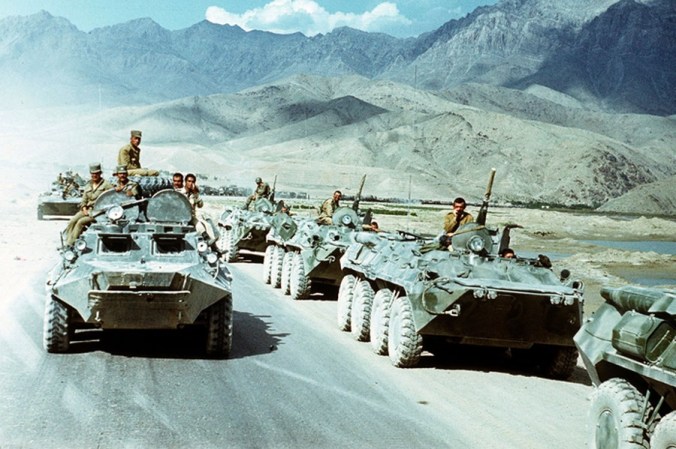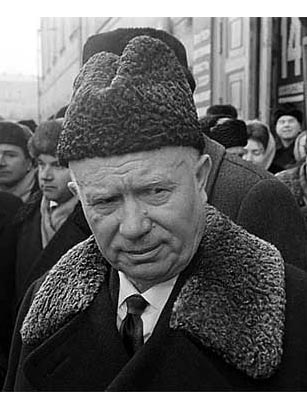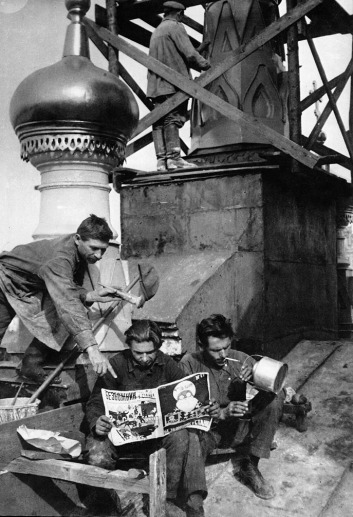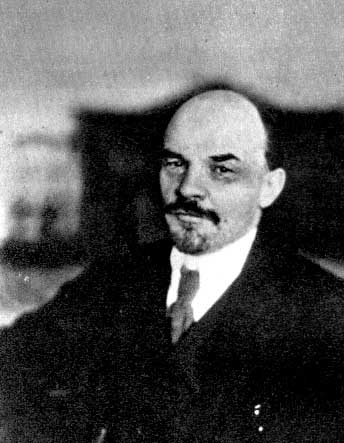
This photo by Sergei Mikhailovich Prokudin-Gorskii, taken in Zlatoust, shows Andrei Petrovich Kalganov along with his son and granddaughter. Andrei Kalganov, age 72, is dressed in a caftan adorned with medals. Noticeably, Kalganov’s caftan contrasts with the attire of his son and granddaughter, both of whom are dressed in Western fashion. This aspect of the photo is eye catching as it displays the diffusion of Western culture in a westernizing Russia. I was intrigued by this photo as is depicted the spread of Western styles to Russia, even as far as the end of European Russia.
All three are employed by the Zlatoust Arms Plant, located in the raw material rich Ural mountains. The factory itself was founded by European experts, mostly from Germany, to produce steel products and weapons (Vershinin, 2015). The factory relied mostly on individual craftsmanship for the production of weapons. (Vershinin, 2015). As seen in the picture, Andrei Kalganov is shown wearing medals for mastery and excellency in his craft, leather sheathing saber scabbards (Three Generations). The plant continues to operate today. While the factory armed soldiers with sabers, lances and knives through its operational history, today the Zlatoust Arms Plant specializes in ornate weapons for both ceremonial and collector purposes (Vershinin, 2015).
Sources:
Prokudin-Gorskii, Sergei Mikhailovich 1863-1944. “Three Generations. A.P. Kalganov with Son and Granddaughter. The Last Two Work in the Shops of the Zlatoust Plant.”WDL RSS. Library of Congress, n.d.<https://www.wdl.org/en/item/5293/#q=Prokudin-Gorskii+study+of+three+generations&qla=en>. Accessed 21 Jan. 2017.
Vershinin, Alexander. Zlatoust: The Cutting Edge of Russia’s Steel Arms Production. Russia Beyond the Headlines. 6 July. 2015, http://rbth.com/defence/2015/07/06/zlatoust_the_cutting_edge_of_russias_steel_arms_production_47503.html. Accessed 22 Jan. 2017.






